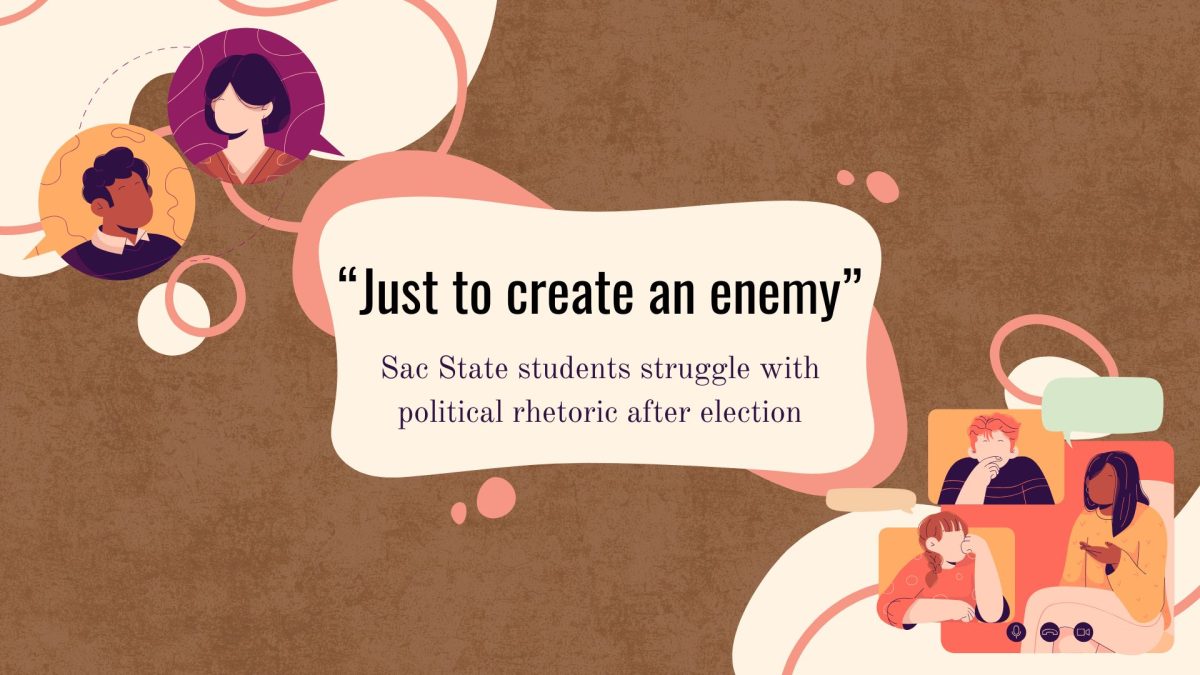Endangered species subject of Sacramento State forum
October 11, 2000
How much would you give every year to help save endangered species?
The fourth forum of the week, held at the Steven Lee Yamshon Alumni Center, asked the question, Endangered Species Act: Is it worth the cost?
Tax payers are currently spending 16 cents of their tax dollars every year toward the Endangered Species Act, according to David Haddock, attorney for the Pacific Legal Foundation.
Haddock is one of five who spoke at Wednesday’s forum concerning the cost of the Endangered Species Act.
The majority who spoke agreed that the idea of protecting an endangered species and its ecosystem is mandatory. A variety of opinions were given regarding a solution.
Jim Steele, Chief of California Department of Fish and Game’s Water and Aquatic Habitat, spoke first as the moderator of the forum. Steele introduced several slides of rivers, valleys, forests and several images of wildlife.
“We don’t want to see them painted in books. We’d rather see them in real life,” Steele said.
“If you make mistakes you’re making them for a long time in the future,” said Cay Goude, Chief of the Endangered Species section of the U.S. Fish and Wildlife Service. Goude recommended a strong recovery plan.
A recovery plan would help to clean up, put back and take care of natural habitats for endangered species and other species affected by development.
All agreed that everyone should take care of what is currently here. “None of us, including developers, want to see our children choking on bad air,” Eleni Tsakopoulos, President of AKT Developing Corp. said.
Providing housing for families was once a positive thing for people. Developers are now thought to be the bad guy. “We’re all in this boat together,” said Tsakopoulos.
Steele’s images of dams and coverts are examples of how humans have created problems with nature, according to Steele. Cities, towns and roads have covered up wetlands and mudflats, killing entire species and subspecies. The landscape in early days wasn’t treated well, said Steele.
John McCall, attorney and advocate of the Audubon Association, said that people in general recognize that it’s worth the cost. He also said that proportion and balance are very important in determining fairness.
“Working with private land owners, especially farmers, to keep the valley healthy is needed,” said McCall.
Haddock asked the question, “Does the Endangered Species Act force some people to bear public burdens?”
Haddock presented evidence of developers and landowners that had to pay large fines, from $10 million and up, in order to build. This money went to protecting an endangered species in the area. Haddock suggested that American’s “pay $100 a year instead of 16 cents in order to bring the issue home.”
Goude would like more manpower and money to work on saving endangered species.
Currently Goude works in an office of 60 people covering a large span of California’s wetlands, rivers, mudflats, creeks, ponds, and bays.
The CSUS Alumni Association, along with the College of Natural Sciences and Mathematics and the Biological Sciences Alumni Chapter, presented this forum.





























































































































